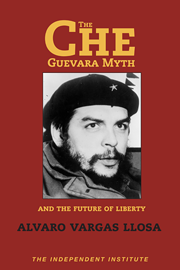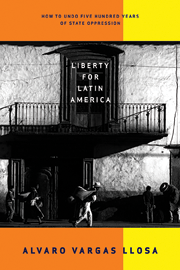WASHINGTON—I am normally skeptical of raving movie reviews. I’m also wary of European or American filmmakers who set their stories in the shantytowns of the developing world because they tend to romanticize backwardness and peddle stereotypes. And I am suspicious of soap opera themes because they can be too syrupy. All of which made me scared to watch “Slumdog Millionaire,” British director Danny Boyle’s movie recently released in the U.S.
But this is indeed the masterpiece that some of its early viewers in various film festivals have been proclaiming.
As is usually the case with great narrative, what makes the story important is not what it tells us but how it is told.
The “Slumdog Millionaire” plot is a rags-to-riches love journey set in the slums of Mumbai. It hinges on Jamal Malik, a resourceful orphan who endures a series of extreme experiences and eventually becomes a successful contestant in the Hindi version of “Who Wants to Be a Millionaire?” But Boyle turns Simon Beaufoy’s script, based on Vikas Swarup’s novel “Q&A,” into a hyperkinetic phantasmagoria that alternates between the present, with the protagonist violently interrogated by the police because any slum kid who has enough knowledge to make it to the latest stage of the TV game show is suspicious, and the past: successive episodes of survival amid a world dominated by abject misery, criminal lords, a treacherous brother, and the protagonist’s impossible love for the bewitchingly beautiful Latika (Freida Pinto).
All of this leads to the happy ending that the audience has been expecting—and to which the movie hints subtly with the mesmeric use of color by cinematographer Anthony Dod Mantle, the controlled humor behind the drama, and the affirmation of life implicit in Jamal’s Obamaesque poise in the midst of harrowing adversity.
That Boyle managed to tell a Bollywood story without falling into any of Bollywood’s conventions—except for a musical number during the final credits that comes as a summation of the narrative’s uplifting spirit—is one of his extraordinary achievements. The film is due for a January release in India, and may be a test for the country’s notorious cinema censors. I cannot think of a movie that the residents of Mumbai, traumatized by the recent series of terrorist attacks, would find more inspiring than this one.
The way to pay homage to Mumbai, a city that has one foot in the Third World and another in the First, is not to sanitize or glorify its poverty, nor to denounce globalization. The way to expose cruelty and exploitation—those time-honored human institutions overly present in any country where the rule of law is weak—is not to create Platonic stereotypes. The way to do it is to tell an honest story and to tell it well.
Latin American soap operas and oldish Indian melodramas have many things in common. One of them is a fascination with victimhood and a redistributionist idea of wealth: In those stories, the heroes are forever attempting to recover something that someone has taken from them. By contrast, the hero of “Slumdog Millionaire” never complains, never suggests that others owe him something, never envies what he sees. And he is relentless in his determination to go on, and on. Every little victory—and the final prize, which is not the money—is the result of ingenuity meeting opportunity.
Boyle and Beaufoy did not set out to make any of these points, of course. If they had, the film would have been a disaster. They simply set out to tell us, in a series of flashbacks that echo Jamal’s tale to his interrogators at the police station, the experiences that have formed his identity. And herein lies another of the film’s great merits. Unlike so many tales of the developing world in which a character’s identity is often expressed through groups—social, political, religious—that find themselves at the losing end of society, this one reminds us, by reconstructing the unique fragments of Jamal’s tortuous existence, that every identity is profoundly individual and that destiny is what you aim for, not what you wait for.
If there is any justice, “Slumdog Millionaire”—a $15-million movie that the distributors were dubious about, and a third of which is in Hindi—will be nominated by the Motion Picture Academy for Best Picture. And go on to win.












